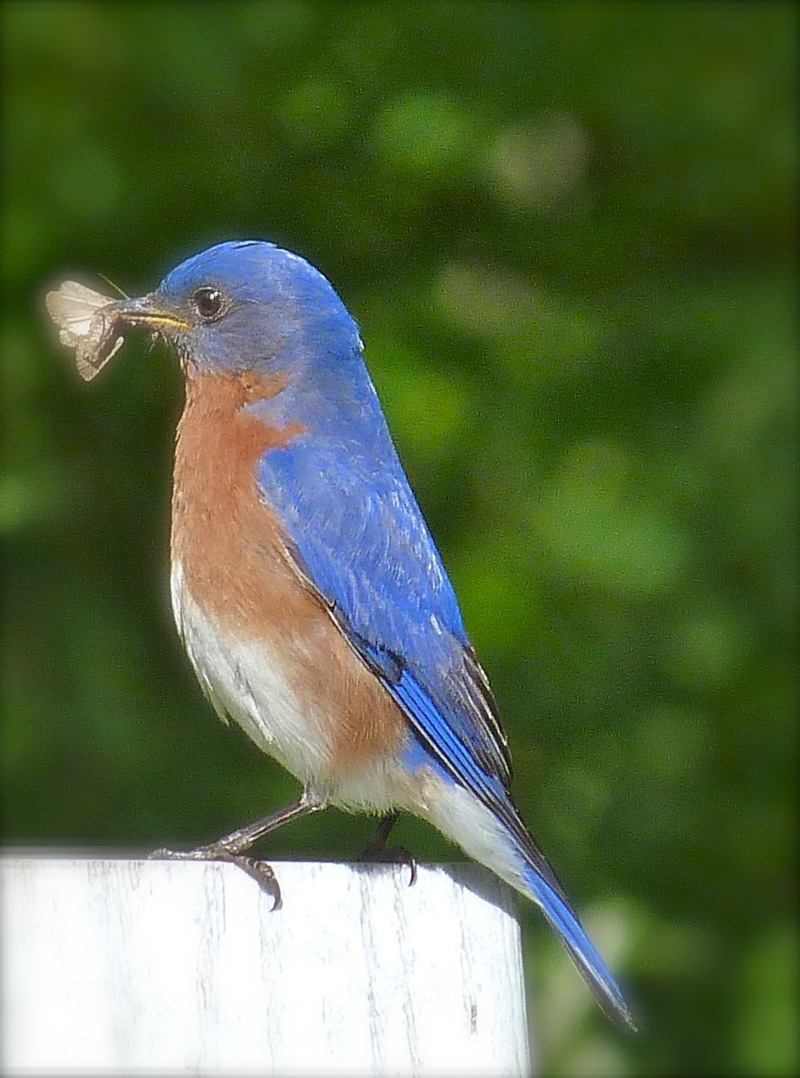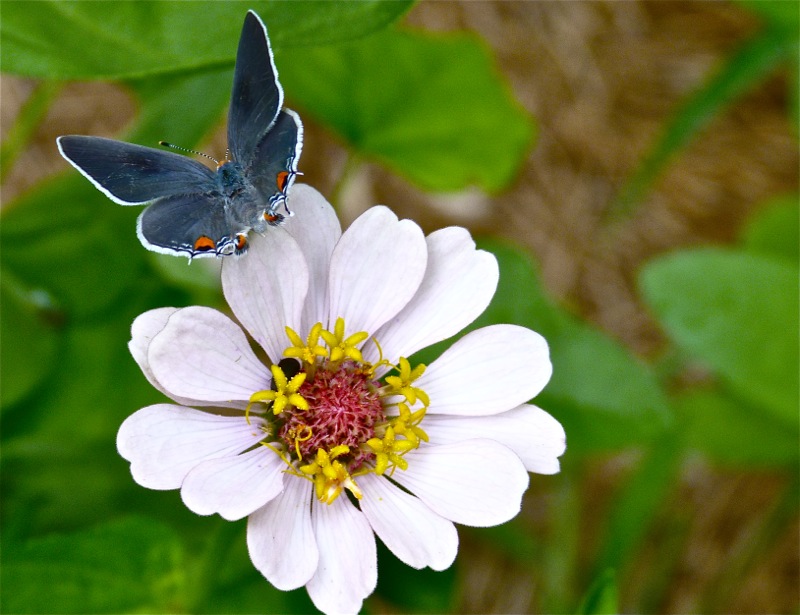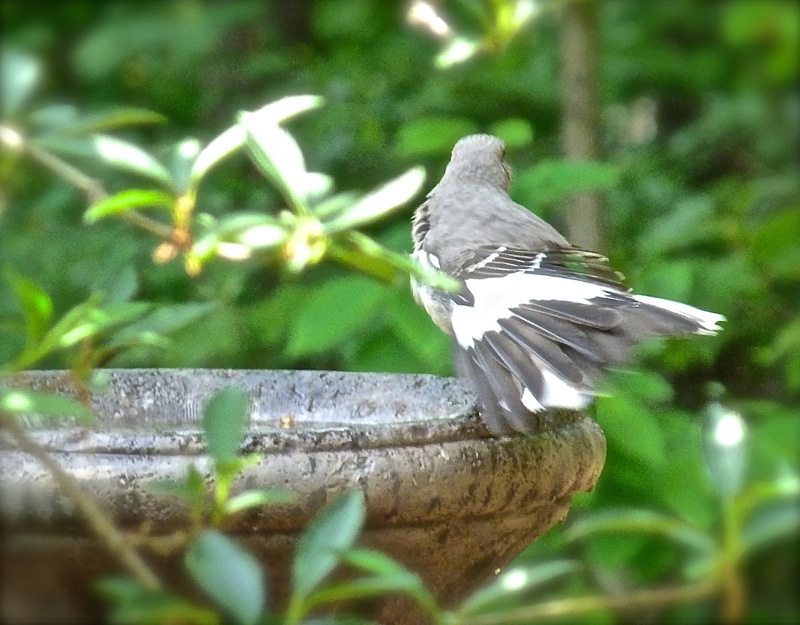The Best of the Rest: 2017
 Sunday, December 31, 2017 at 10:30PM
Sunday, December 31, 2017 at 10:30PM Happy New Year, everyone! I can't believe it is already 2018. I remember so well when we reached the year 2000, and everyone thought the world was going to end!
I am partied out; no wild shenanigans for me tonight. Instead, I end the year working on a blog post, as it is time for my annual "Best of the Rest" feature. These are photos taken from my garden through the year that, for various reasons, did not make it onto the blog. At last, I present these never-before-seen images! (They may or may not knock your socks off.)
January:
February: Bright yellow Forsythia promises the end of winter and the arrival of spring.
Bright yellow Forsythia promises the end of winter and the arrival of spring.
March: Above top:Red trumpet honeysuckle grows on a fence that divides my vegetable garden/work space from the patio. Small photos above left to right: Japanese maple blooms; Alabama Croton bloom; Summer snowflakes (Despite the name, they bloom in the spring.)
Above top:Red trumpet honeysuckle grows on a fence that divides my vegetable garden/work space from the patio. Small photos above left to right: Japanese maple blooms; Alabama Croton bloom; Summer snowflakes (Despite the name, they bloom in the spring.)
April: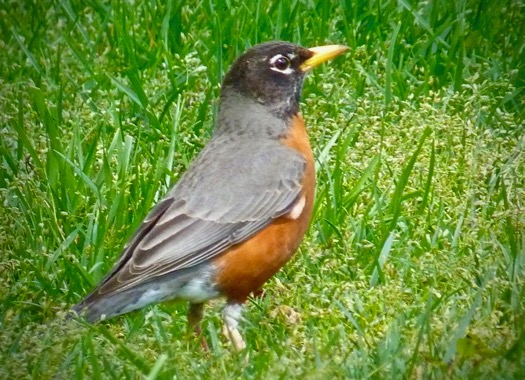 Robin Redbreast
Robin Redbreast
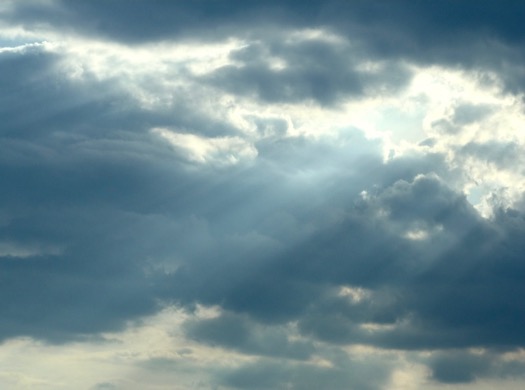
May: This Eastern Phoebe has nested at the top of a downspout outside my bedroom window for the past two years. I enjoy listening to the birdsong!
This Eastern Phoebe has nested at the top of a downspout outside my bedroom window for the past two years. I enjoy listening to the birdsong!
 These succulents grow in a hypertufa pot on the patio. I bring them inside for the winter.
These succulents grow in a hypertufa pot on the patio. I bring them inside for the winter.
June:
July: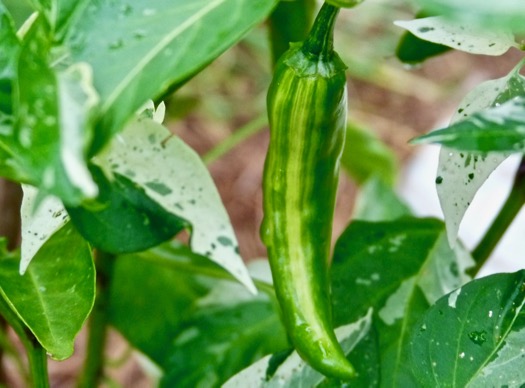 This variegated hot pepper is called a Fish Pepper.
This variegated hot pepper is called a Fish Pepper.
August: An annual begonia that bloomed constantly in the woodland garden until frost.
An annual begonia that bloomed constantly in the woodland garden until frost.
September: Burford holly: The green holly berries promise bright color to come.
Burford holly: The green holly berries promise bright color to come.
October: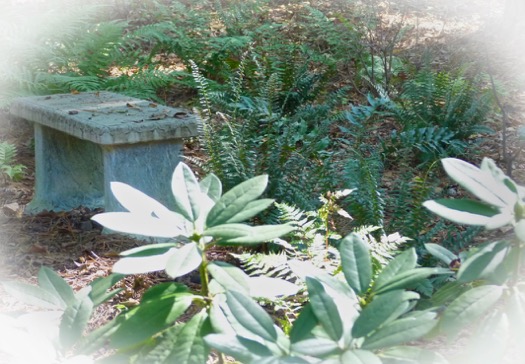 Bench in the fern glade
Bench in the fern glade
 Dappled sunlight covers one of the woodland garden paths.
Dappled sunlight covers one of the woodland garden paths.
November: Spiders are good guys in my garden.
Spiders are good guys in my garden.
 Look at the top of the pine tree to see a hawk nest. Hawks have been nesting there for several years now.
Look at the top of the pine tree to see a hawk nest. Hawks have been nesting there for several years now.
This is a young red-shouldered hawk who hatched in that nest; he is getting big!
December: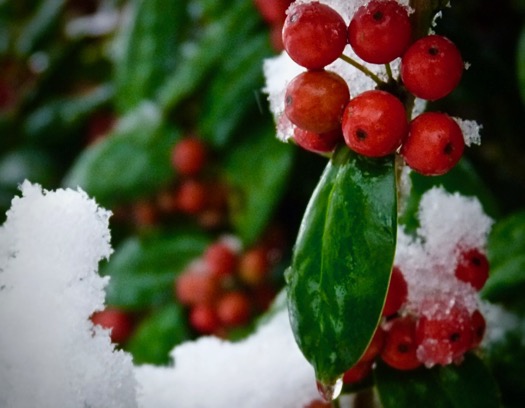 The holly berries are red now!
The holly berries are red now!
 One of our birdhouses during our December snow.
One of our birdhouses during our December snow.
 Night view of the arch by the patio, decorated for Christmas and covered in snow.
Night view of the arch by the patio, decorated for Christmas and covered in snow.
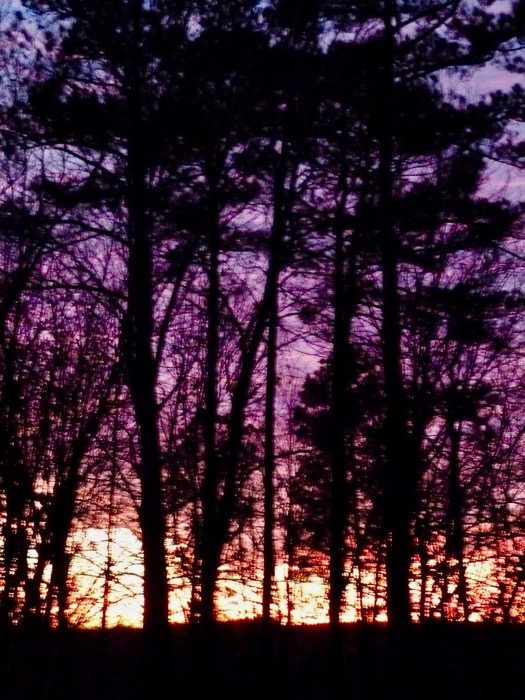 The year comes to a close. Winter sunsets are dramatic.
The year comes to a close. Winter sunsets are dramatic.
Did you have a favorite photo or month?
Wishing you all the best in 2018, and if you encounter thorns, may you also find blooms and berries! Deb
